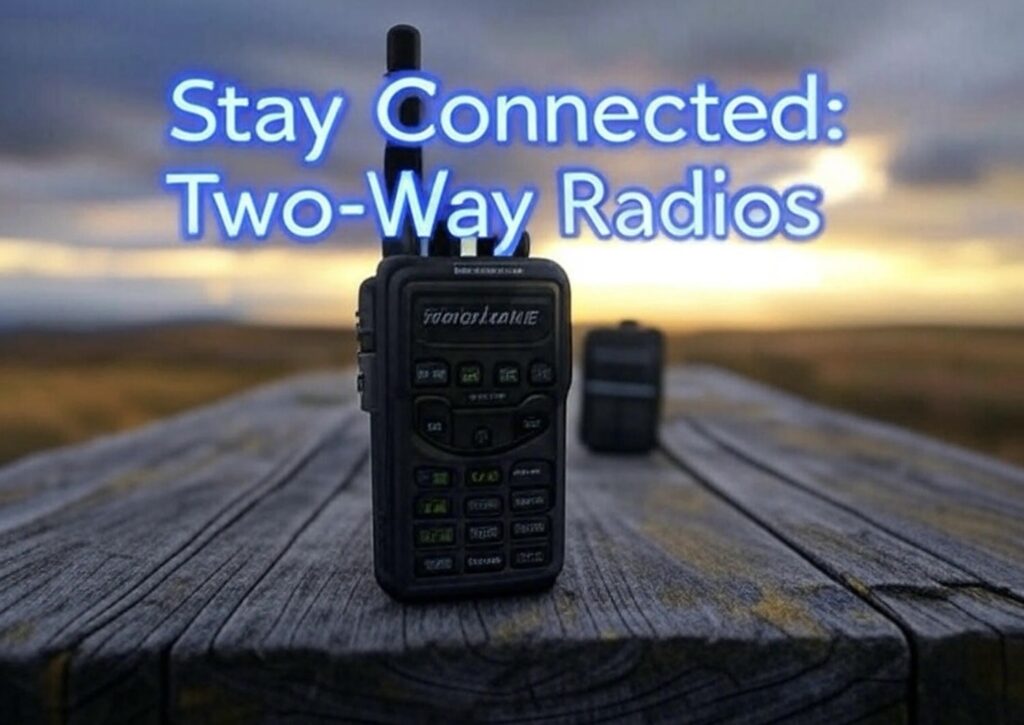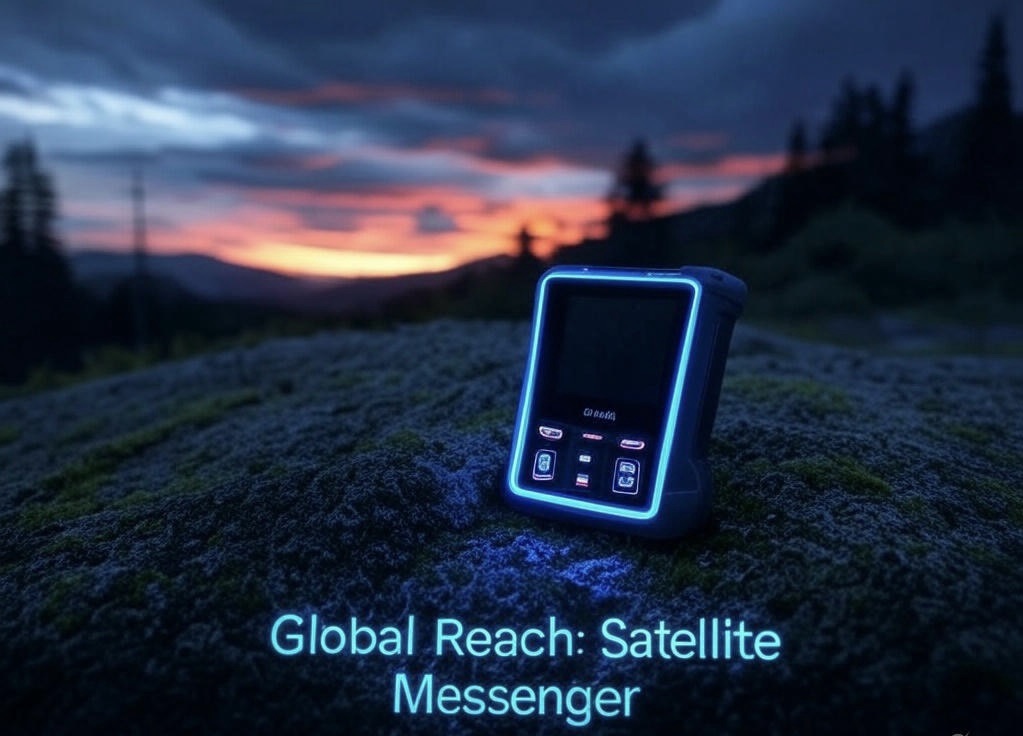When disaster strikes—like the recent Spain-Portugal blackout that left millions in the dark—communication can be the difference between chaos and control. Cell towers fail, the grid goes down, and you’re left scrambling to coordinate with family or get critical updates. Preppers know staying connected isn’t a luxury—it’s survival. At IntelPrepper, we’re here to guide you through chaos, and that starts with building a comms kit that won’t break the bank. Here are five budget-friendly components to ensure you’re never out of touch when the world goes silent.
1. Two-Way Radios for Short-Range Comms
Two-way radios are a prepper’s go-to for short-range communication when cell networks are down. The BaoFeng UV-5R is a popular choice at just $29.99, offering a 1–5 mile range depending on terrain. It operates on FRS channels (no license needed for basic use) and has a long battery life—up to 18 hours on a single charge.
Pros:
• Affordable and widely available.
• 1–5 mile range for local comms.
• Easy to use with preset channels.
Cons:
• Requires line-of-sight (obstacles like hills reduce range).
• Basic features compared to pricier models.
Prepper Tip: Practice with your family to establish a comms plan—pick a channel, set call signs, and run drills. Grab the BaoFeng UV-5R on Amazon to start building your kit.

2. NOAA Weather Radio for Alerts
Staying informed during a crisis is non-negotiable, and a NOAA weather radio ensures you get emergency alerts even when the grid is down. The Eton American Red Cross FRX3+, which we covered in our off-grid power guide, doubles as a NOAA radio for $79.99. It’s solar- and crank-powered, so you’re never without updates.
Pros:
• Receives NOAA alerts for weather and emergencies.
• Solar and crank options mean no reliance on batteries.
• Built-in flashlight for added utility.
Cons:
• Not designed for two-way comms.
• Reception depends on proximity to NOAA stations.
Prepper Tip: Keep it in your bug-out bag and check alerts daily during a crisis to stay ahead of threats. Pick up the Eton American Red Cross FRX3+ on Amazon.
3. Rechargeable Batteries and Charger
Your comms gear is useless without power, so stock up on reliable batteries. The Panasonic Eneloop Rechargeable AA Batteries (pack of 8, $19.99 [price subject to change]) are a prepper favorite, holding a charge for years and lasting up to 2,100 cycles. Pair them with the Panasonic Eneloop Charger ($19.99 [price subject to change]) to keep your devices running.
Pros:
• Long-lasting and reliable, even in cold weather.
• Reusable for thousands of cycles.
• Holds 70% charge after 5 years of storage.
Cons:
• Initial cost of the charger adds up.
• Charging requires a power source (pair with solar).
Prepper Tip: Store extra batteries in a waterproof container to protect against moisture. Get the Panasonic Eneloop Rechargeable AA Batteries and Panasonic Eneloop Charger on Amazon.
4. Satellite Messenger for Remote Areas
For preppers in remote areas or facing total grid failure, a satellite messenger is a lifesaver. The Garmin inReach Mini 2 ($399.99) lets you send SOS signals and text messages via satellite, no cell network needed. It’s compact (4 x 2 inches) and weighs just 3.5 oz, perfect for a bug-out bag.
Pros:
• Global coverage for SOS and texting.
• No reliance on cell towers or grid.
• Pairs with a smartphone for easier messaging.
Cons:
• Requires a subscription ($11.95/month for the basic plan).
• Expensive upfront cost for budget preppers.
Prepper Tip: Test it monthly and pre-program emergency contacts to ensure it’s ready when you need it. Check out the Garmin inReach Mini 2 on Amazon if your budget allows.

5. Offline Apps and Backup Comms Plan
Sometimes, the simplest solutions are the most effective. Free offline apps like Zello (a walkie-talkie app) or MAPS.ME (offline maps) can turn your phone into a comms tool without a network. They’re free to download and work on existing devices, making them a budget-friendly addition.
Pros:
• Free and easy to use.
• Works on devices you already own.
• Offline maps help with navigation if comms fail.
Cons:
• Relies on a charged phone (pair with a power bank).
• Limited range for apps like Zello without internet.
Prepper Tip: Create a backup comms plan with physical meeting points and schedules in case all tech fails. Download Zello and MAPS.ME from your app store to round out your kit.
Building Your Comms Kit on a Budget
You don’t need to spend a fortune to stay connected in a crisis. A BaoFeng UV-5R ($29.99), Eton FRX3+ ($79.99), Eneloop batteries and charger ($39.98), and free apps get you started for under $150. If you add the Garmin inReach Mini 2, the total is around $550—still a steal for peace of mind. Test your gear, train your family, and stay ready.
At IntelPrepper, we’re here to help you navigate chaos with practical solutions. Build your comms kit today, and you’ll never be left in the dark—or the silence.
What’s your comms setup? Drop a comment below or hit us up on X (@IntelPrepper) to share your gear. Subscribe for more Intel Briefs, and check our market ticker ($DIA, $SPY, $GLD, $USO, BTC, XRP) for updates that impact preppers. Stay connected, stay prepared.
As an Amazon Associate, I earn from qualifying purchases.